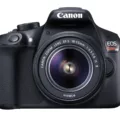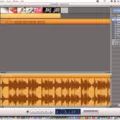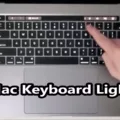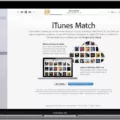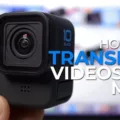The MacBook Air is a great choice for those who need a lightweight, portable laptop. It’s sleek, powerful, and has plenty of features that make it an ideal choice for anyone who needs to stay productive on the go. But one of the most overlooked features of the MacBook Air is its ability to import videos from SD cards, giving users even more options when it comes to transferring their media.
If you’ve got an SD card with videos you want to transfer to your Macbook Air, here’s how you can do it:
First, connect your SD card to your Macbook Air. You can either use an external card reader or if your laptop has an SD slot you can insert the card directly into it. Once connected, open up iMovie on your Macbook Air and click on the “Import” button in the toolbar. If you don’t see this button, then click on the “Media” button and then the “Import” button. From here you will be presented with all of the media files available for import from your SD card. Select which ones you want to bring over to your Macbook Air and then click “Import Selected” at the bottom right corner of this window.
Alternatively, if you don’t want to use iMovie or find that it’s not working properly for some reason, there is another way to get videos off of your SD card onto your Macbook Air – simply take out the SD card and insert it directly into your computer (if it supports this type of media). From here you can simply drag and drop any files off the card onto your computer’s hard drive; this way they will be stored somewhere safe and ready for access whenever needed!
No matter which method you choose, importing videos from an SD card onto a Macbook Air is easy enough for anyone familiar with computers – so don’t be afraid to give it a try! With just a few minutes of effort, you’ll have all of those fun memories saved in digital form so that they’ll be there whenever you need them in the future!
Uploading Videos to a MacBook Air
To upload videos to your MacBook Air, you’ll need to use the iMovie app. First, connect your external storage device containing the video files to your Mac and turn it on. Then, open the Import window in iMovie by clicking the Import button in the toolbar (if you don’t see it, click the Media button first). From here, you can select which videos you’d like to import and click Import Selected. Once imported, you can view and edit the videos in iMovie or export them to other media formats.
Importing Videos From an SD Card
Importing videos from your SD card is a straightforward process that can be done in a few easy steps.
1. First, you’ll need to connect your SD card to your computer. If your computer has an SD card slot, simply insert the SD card into the slot and it should recognize the card automatically. If your computer doesn’t have an SD card slot, you’ll need to use an external device such as a USB memory card reader or a USB cable connected directly to the camera containing the SD card.
2. Once you have connected the SD card to your computer, you can open up the folder containing all of the files on the SD card. This folder should be located on your desktop or in a file explorer window depending on how you connected it.
3. From here, simply select all of the videos that you want to import and drag them onto your desktop or another folder on your computer where they will be saved for future use. Once they are copied over, you can disconnect your SD card from the computer and begin using them as desired.
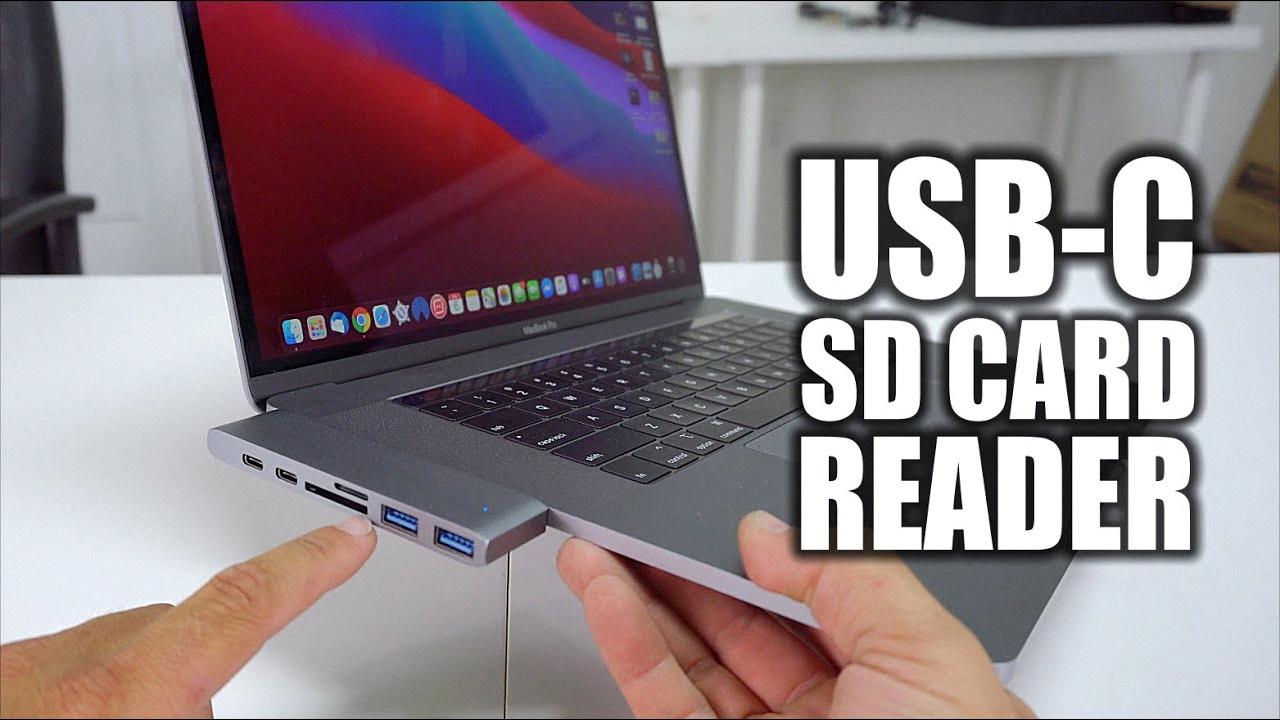
Source: youtube.com
Troubleshooting Issues with Viewing SD Card Videos on Mac
It could be possible that the card reader or the SD card slot of your MacBook is defective, which can result in your Mac not being able to read your SD card. It could also be due to a virus infection, SD card corruption, or wrong system settings that can hide external drives or result in an unreadable SD card on Mac issues. To troubleshoot this issue, you should first try different ports and/or a different card reader. If that doesn’t work, try formatting the SD card and then trying to read it on your Mac again. If none of these solutions work, you may need to take your computer to a professional for further assistance in order to identify and resolve the issue.
Transferring Video Files to a Mac
Transferring video files from your device to your Mac can be done by connecting your device to your Mac using a USB cable. Once connected, open the Photos app on your computer and you will see an Import screen with all the photos and videos on your device. Select the video files you want to transfer, then click ‘Import Selected’ in the top right corner of the screen. If prompted, enter your passcode to unlock your device. The selected video files will now be imported and stored in Photos on your Mac.
MacBook Air Video Format Support
The MacBook Air supports many popular video formats, including MPEG (MP4/M4V/MPG/MP3-audio), QuickTime (MOV), Matroska (MKV), WebM, DivX/Xvid (AVI), MJPEG, and FLV. These formats are all compatible with the Mac OS operating system, so any video files in these formats can be played on a MacBook Air. Additionally, some other less common formats may also be supported, depending on the installed version of QuickTime or other media players.
Transferring Videos From Micro SD Card to Computer
Transferring videos from your micro SD card to your computer is a fairly easy process. First, create a folder on your computer for storing the files you move from the SD card. Next, locate the video files you want to move in the SD card folder and either uses the cut/copy and paste command or simply drag and drop them into the folder you just created. Once complete, the videos should now be transferred from your micro SD card to your computer.
Transferring Photos and Videos from SD Card to Computer
Transferring photos and videos from an SD card to your computer is easy! First, make sure you have a USB cable or card reader that will allow you to connect the SD card to your computer. Once the SD card is connected, open your computer’s file explorer. You should see the SD card appear as a drive in the list of drives. Select the drive and then open it. Inside you’ll find folders containing the photos and videos that are stored on the SD card. Select all of the files you want to transfer and copy them over to a folder on your computer. Once complete, you can safely eject the SD card and disconnect it from your computer.
Viewing SD Card Videos on Mac
To open your SD card videos on Mac, begin by inserting the SD card into the SD card slot on your Mac or connecting a USB-C to an SD card reader. Once the drive (volume) is assigned to your SD card by macOS, click it in the left pane of Finder and view the contents of the SD card in the right pane. Next, double-click a video file to open it with QuickTime Player, which is the default media player for Mac. Other apps may be available to play your video files as well; simply right-click the video file and select Open With > Other… Select an app from the list or choose “All Applications” to view a list of all compatible apps installed on your Mac that can open and play videos.
Troubleshooting Macbook Air’s Inability to Read SD Card
It is possible that your Macbook Air is not recognizing your SD card for a few different reasons. First, make sure your SD card is correctly inserted into the card reader on your Macbook Air. If it is correctly inserted, check the Finder settings. Go to Finder > Preferences > General and make sure the External disks option is selected. Then go to the Sidebar tab and make sure the External disks option is also chosen. If all of these settings are in place and your Macbook Air still won’t read your SD card, you may need to format it or try using a different SD card reader.

